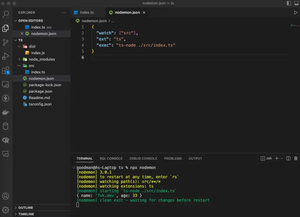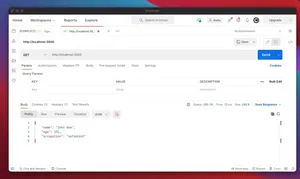The error you’re experiencing is related to the Cross-Origin Resource Sharing (CORS) policy enforced by web browsers. When your frontend code, hosted on one domain, tries to make a request to a backend server hosted on a different domain, the browser imposes certain security measures. One such measure is to ensure that the server accepts the headers sent by the client in the request.
Understanding the Error
This specific error indicates that your Express.js server did not recognize or allow the Access-Control-Allow-Headers header in a preflight request. A preflight request is an automatic request sent by the browser to determine if it is safe to send the actual request.
How to Fix the Error
Here are the steps and code to resolve the CORS error:
- Install the
corsnpm package by runningnpm install corsin your Node.js project. - Import the
corsmodule and use it as middleware in your Express.js application.
Here’s a complete code example:
const express = require('express');
const cors = require('cors');
const app = express();
// Enable All CORS Requests
app.use(cors());
// The rest of your Express app goes here
app.listen(3000, () => {
console.log('Server running on port 3000');
});Alternative Method: Configuring CORS Manually
If you prefer not to use the cors package, you can manually set the headers to allow CORS.
const express = require('express');
const app = express();
// Manual CORS Configuration
app.use((req, res, next) => {
res.header('Access-Control-Allow-Origin', '*');
res.header('Access-Control-Allow-Headers',
'Origin, X-Requested-With, Content-Type, Accept');
next();
});
// The rest of your Express app goes here
// Start the server
app.listen(3000, () => {
console.log('Server running on port 3000');
});Note that setting Access-Control-Allow-Origin to * allows requests from any origin, which might not be suitable for production environments for security reasons. Adjust the settings according to your specific requirements.

